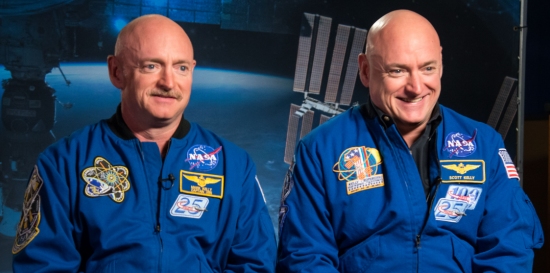
A Facebook friend of mine named Ginger Linthicum Narmour is finishing up her last year of homeschooling. She posted a wonderful summary of what her experience has meant to her, and with her permission, I want to share it with you. I pray that every homeschooling mother can look back at her experience with such joy and wonder!
This spring is poignant for me since it marks my very last year of homeschooling. The Lord called us so long ago as Michael and I were contemplating which educational road we should walk down with our daughter, Courtney. Living in the beautiful Pacific Northwest at the time, we walked along the beach one moonlit night and felt that call to travel a road that was unfamiliar, one often criticized and thought second-best. Armed with supplies and a few books penned by the brave veterans that paved our way, we embarked on the most beautiful journey this mama (and daddy) could have ever hoped to enjoy.
I remember hearing her first words read. I still see the new colored pencils in her hand sketching views from her upstairs window. Then the joy of adding a second student, Lindsey, and breathing the sweet, salty air on daily walks with cooing baby and budding biologist in tow, all around the Navy housing neighborhood down to the beach, the park, the library. I’m remembering the family “field trips” to apple orchards and nature estuaries and museums and whale watches and picnics at parks with trees as green and tall and lush as any this Texas girl could have ever dreamed of seeing in person. Such are the things of heaven on earth.
Moving back home to Texas brought blessing number 3, Caitlin, and we were now a homeschooling family of 5. What precious memories of personal phone calls with best-selling curriculum authors who shared their talents freely with me, African tents in the living room and museum visits and struggles with spelling and beautiful books read faithfully every night by a precious daddy to his beloved daughters. I can still remember their eyes watching him read. Molding soft hearts and minds; lighting those fires. What a perfect job to be blessed with!
Moving to Arkansas brought blessing number 4, Kelsey, and our little family still sat together for read-alouds and music concerts and physical science videos and math facts practice and cooking exotic meals for geography lessons. Waiting with such expectancy for the haggard mail carrier to bring us yet another box heavy with carefully-chosen books for the next year. We just couldn’t wait to start again. Ah, all the pictures taken, the memories made. A more lovely life for me would not have been possible.
Years passed, a new Virginia home, the God-inspired talents bubbling over, college successes, hard lessons learned, characters molded and mellowed, fruit ripening, blessings heaped upon blessings. The hard work, the struggles with life and the laundry and the never-ending dirty dishes and impossible curriculum fair purchase decisions, I wouldn’t trade a minute of any of it.
So this last month of our school year is coming up. I see the books slowly being finished one by one and being placed on shelves or in boxes to pass on to new families who are beginning or continuing their studies. The melancholy ache of sweet times drawing to a close. I never intended to finish this journey without my beloved but the Lord has strengthened me to finish the race with happiness and joy. I am content.
Just a few more weeks to go and I will hang up my old ‘denim jumper’ and call my homeschooling days a blessed success. All I have to do is look at their beautiful faces, their beautiful souls.





